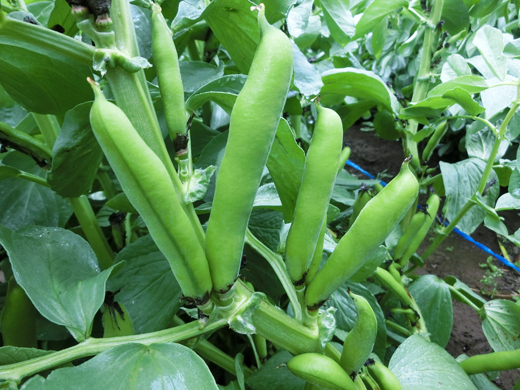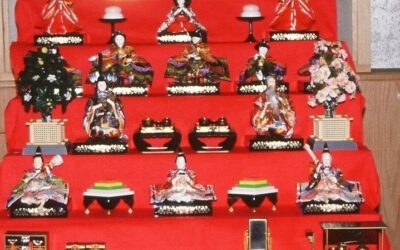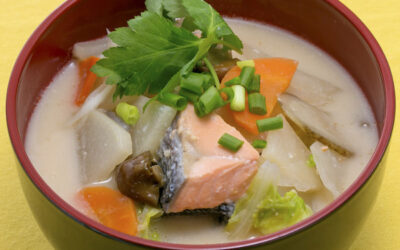
Kitchen Culture Cooking Club
EXPLORE and PRACTICE Japanese cooking in your own kitchenAbout Kitchen Culture Cooking Club
Welcome to the Kitchen Culture Cooking Club, a community space providing encouragement to those who want to EXPLORE and PRACTICE Japan’s washoku wisdom in their own kitchens.
To facilitate this, themed projects will be posted to this page periodically. Project Assignments and links to relevant reference material stored on this site will be posted to this page. Anyone, anywhere in the world, with a sincere interest in Japanese food culture is welcome to browse the contents of this page and then replicate the themed project in their own kitchen.
For those who wish to display-and-discuss their projects with like-minded people, I invite you to join the KITCHEN CULTURE Cooking Club Facebook Group (formerly the TSUDOI Project), an interactive community space.
PROJECT Shaved Ice
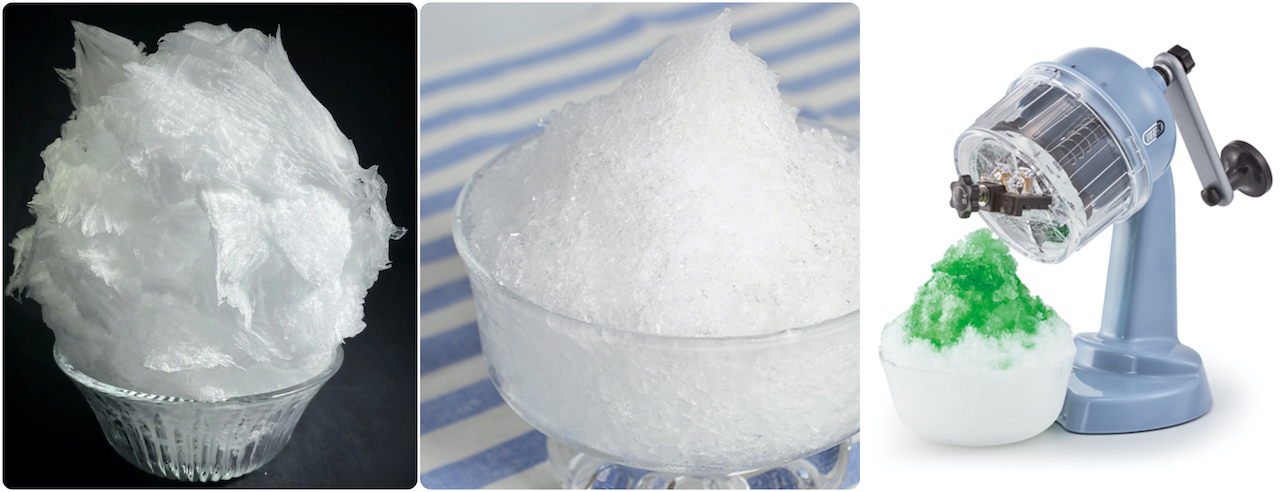
PROJECT Shaved Ice is about making Japanese-style kaki-gōri confections.
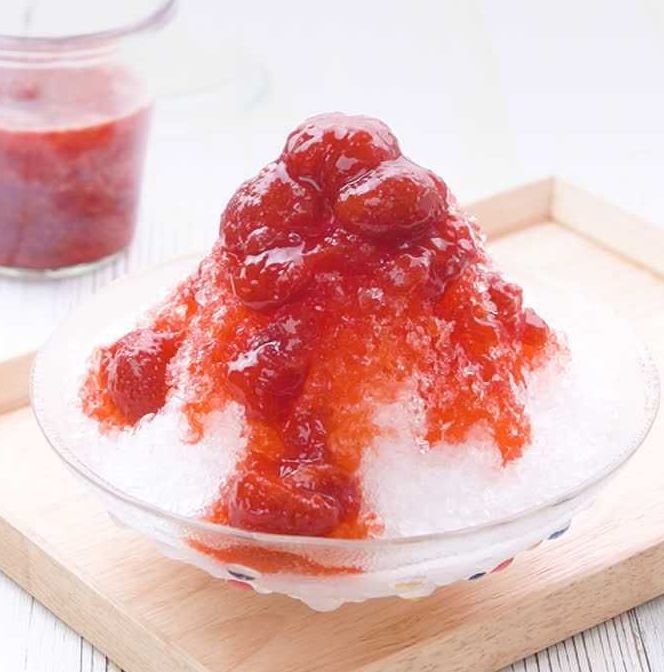
Strawberry Sauce
Many people top shaved ice with fresh fruit or commercially prepared syrups. But for those who would like to make their own, here is a simple-to-make STRAWBERRY sauce.
Note the recipe includes a drop of light-colored soy sauce that adds depth of flavor while mellowing what might otherwise be a cloying sweet sauce.
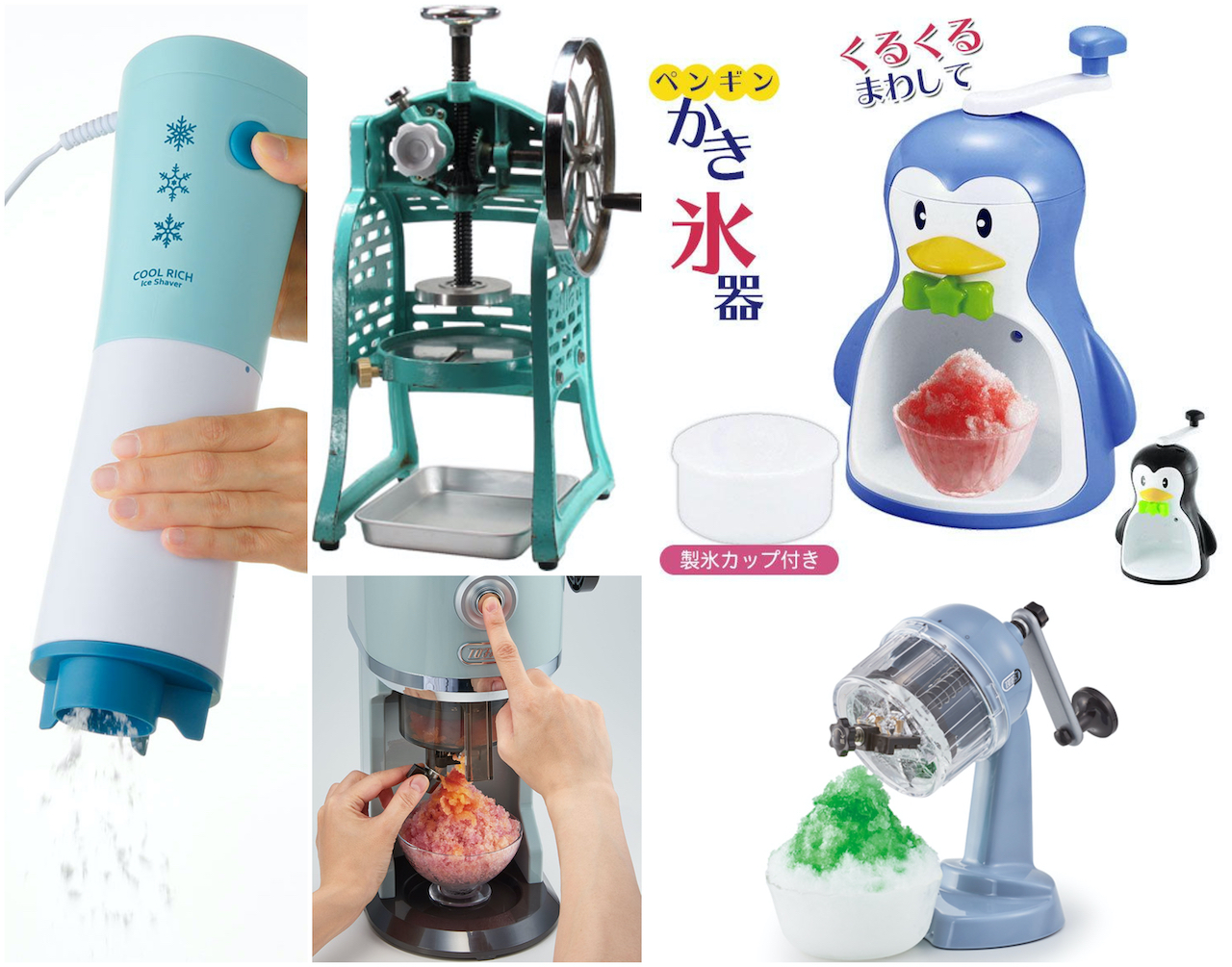
Ice Shaving Machines (かき氷器 kaki-gōri ki)
Japanese home kitchen drawers, cupboards, and countertops are filled with gadgets. If you are a serious kaki-gōri maker no doubt you’ll want one (or more) of the many specialty tools available.
The basic mechanism consists of a blade (adjustable to some extent), a chamber to hold a chunk of ice, a dedicated space for placing a serving bowl, and a hand crank (a few are electric-powered).
Enjoy shaved ice in YOUR kitchen. And, stay cool…

More about kaki-gōri
Visit my KITCHEN CULTURE Blog to learn more about the history of eating ice in Japan and why Japanese ice is so fluffy.
Download a copy of my JUNE 2023 newsletter
Listen to my chat with Akiko Katayama of Japans Eats about ICE!
Recipes and Resources
Stock (Dashi)
Dashi stock is essential to making soups and simmered or stewed dishes. Dashi is also used when making many egg dishes and all sorts of sauces, dips and dressings. Using good dashi will make a noticeable difference in the outcome of so many dishes you prepare.
Click to download recipes for (vegan) Kelp Alone Stock or Standard Sea Stock + Smoky Sea Stock
How to Cook Rice
In Japanese, the word for cooked rice, ご飯 GOHAN, is the same as the word for a meal, ご飯 GOHAN. Indeed rice is central to the meal. Download the Rice with Mixed Grains recipe.
How to Prepare Sushi Rice
Sushi dishes are made with rice that has been seasoned (with sweetened vinegar) AFTER being cooked. Download the Classic Sushi Rice recipe.
Quick Pickles
The Japanese enjoy a wide variety of tsukémono pickles, many can be assembled quickly and are ready to eat within a short time.
Download a recipe for Quick-Fix Hakusai Cabbage.
Sora Mame
(Fava beans have been part of the eastern Mediterranean diet (Egypt, Greece, Italy) for at least 4000 years. There are stories of monks from India traveling through China who brought fava beans to Japan in the Nara Period (710-794 AD). However, the first written...
Displaying Dolls for Doll’s Day
The Andoh Family's full set of HINA NINGYŌ Just off camera is a wind-up music box that plays Ureshi Hina Matsuri うれしひな祭り. Download a chart explaining each of the dolls, and words to the song. 雛祭り Hina Matsuri Doll's Day For ancient agrarian societies, quirky winter...
FUKI no TŌ
Fuki no Tō 蕗の薹BUTTERBUR (Petasites japonicas) Sansai, literally “mountain vegetables,” are foraged from woodland areas in various parts of Japan as winter thaws into spring. When sansai dishes appear at table, it signals the start of culinary spring fever: an...
KASU-JIRU
Salmon Saké Kasu Chowder 粕汁SAKÉ KASU-JIRU A belly-warming salmon and root vegetable chowder, shaké no kasu-jiru, is standard wintertime fare throughout Japan’s northeastern region, the Tohoku. Every household seems to have its own rendition, but with this master...

